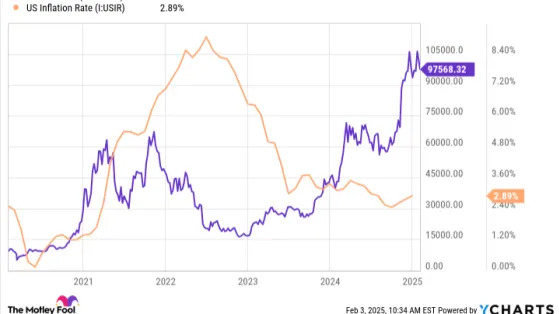(Bloomberg) -- Gold fell after a key economic report showed underlying US inflation unexpectedly picked up in August as housing costs accelerated, lowering the possibility of an outsize Federal Reserve interest-rate cut next week.
The so-called core consumer price index — which excludes food and energy costs — increased 0.3% from July and 3.2% from a year ago, Bureau of Labor Statistics figures showed Wednesday. Economists see the core gauge as a better indicator of underlying inflation than the overall CPI.
Treasury yields pushed higher while the dollar pared early losses after the print, and bullion whipsawed in response before edging lower. Swap traders now nearly erased bets on a jumbo rate cut by the US central bank this month. Lower rates typically benefit non-interest yielding bullion.
Policymakers have said their focus is more on the risks to the labor market given price pressures have largely come down from their pandemic peak.
The pickup in core price pressures in August means “the number of cuts may come down going forward,” said Phil Streible, chief market strategist at Blue Line Futures. For gold traders, “it’s all about the path and making the journey very long, and all of a sudden we get less cuts out there in 2025, that’s slightly problematic for the gold market.”
With bullion trading near all-time highs, “it’s been very complacent recently. Traders are slightly nervous, so they’re eager to take profits to exit the market,” Streible said.
Bullion has risen more than 20% this year, with its recent leg up largely boosted by growing expectations that the Fed will embark on a rate-cutting cycle soon. Strong central bank buying and robust demand in the over-the-counter market have also helped the precious metal’s rally.
Spot gold was down 0.4% to $2,505.71 an ounce as of 9:35 a.m. in New York, after peaking at a record $2,531.75 in August. The Bloomberg Dollar Spot Index was little changed following three sessions of gains. Silver and palladiuim rose while platinum edged lower.




